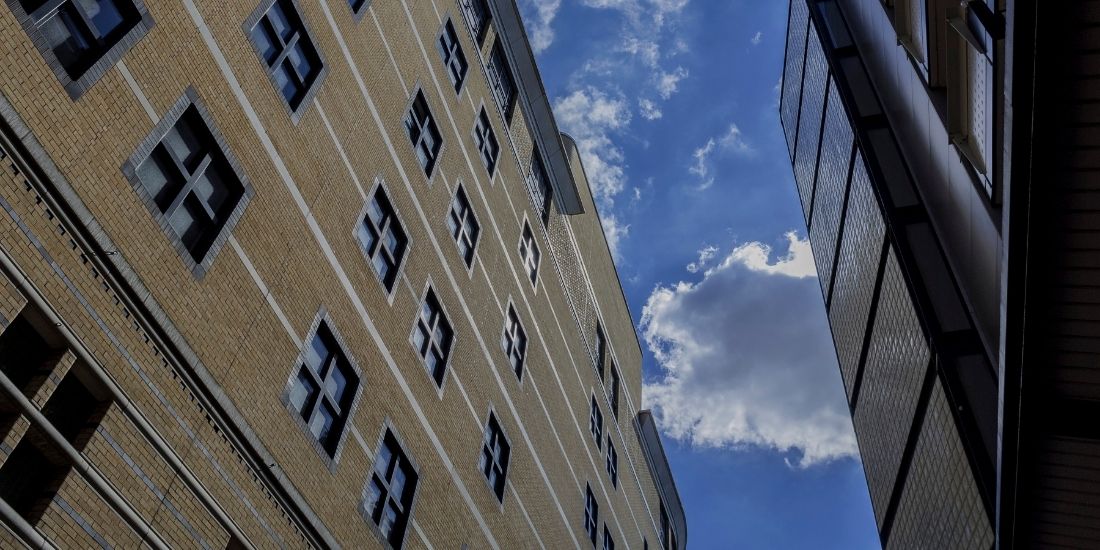Commercial lease evictions – what you need to know
Commercial lease evictions – what you need to know
There are many number of reasons why a commercial landlord may wish to take back the possession of their premises. The tenant may be in breach of their lease terms, perhaps via not paying their rent, not keeping the premises in a good state of repair or becoming a nuisance to their neighbours. Maybe they have even sublet the premises, or a section of it without first getting the consent of the landlord.
Claiming possession
When a landlord takes back possession of their premises this is known as ‘forfeiture’. The lease can only be forfeited if there is a specific clause in the tenancy agreement that allows for the lease to be forfeited . Most solicitors advise that all commercial tenancy agreements should contain this clause.
A right to forfeit can be exercised in two ways:
- Peaceable entry: it takes 2 forms: i) Firstly, where the landlord enters the property and changes the locks. A tenant may then apply to the courts for ‘relief from forfeiture’, where the tenant takes back possession of the premises, but the tenant may be required to pay the rent areas to the landlord. However, if the landlord exercises his rights wrongly, the tenant may be able to bring a claim against the landlord for any losses incurred during their absence. ii) Secondly, the landlord can serve S146 notice on the tenant specifying the breaches and give a reasonable time for the tenant to rectify the breaches. If the tenant fails to rectify the breaches within a reasonable time, the landlord can peaceably enter the premises. This is a much safer way for the landlord to exercise his rights. If the breaches are serious and a proper notice was served upon the tenant , the tenant has less chances of bringing up the claim against the landlord.
- Applying to court for possession – this is usually the most advisable and safer route to take, although as with any legal proceedings it can sometimes be lengthy, and potentially costly.
Applying to court for possession
To begin the process for forfeiture, the landlord will make an application for possession of their premises through the county court and the application can be can be completed online. The completed application forms are then required to be served on the tenant within a strict timeframe and will usually be actioned by the landlord’s solicitor.
Tenants relief from forfeiture
The court has a discretionary remedy that allows for the tenant to apply for relief from forfeiture. In practice, this means that they are allowed to continue occupying the property under the terms of their current lease. For this application to be successful certain requirements need to be met. If a court decides that forfeiture is not a proportionate response to a breach of the lease, then they may decide that the tenant should have relief from that forfeiture. Should the application for relief from forfeiture be declined, the tenant would then be liable for costs.
Things to consider
Forfeiture is not a course of action that should be rushed into, and it can be a lengthy process, particularly if the tenant decides to challenge the process. Alternatives can be to find a resolution, and these should be carefully considered if forfeiture is likely to impact on sub-tenancies, assignees and mortgagees.
Expert advice
At Murria Solicitors, our experienced Commercial Property Solicitors can offer confidential advice on commercial leases and the best way to proceed if you wish to forfeit a lease or challenge a forfeiture.
Before you take any action, get in touch for a professional legal perspective.


